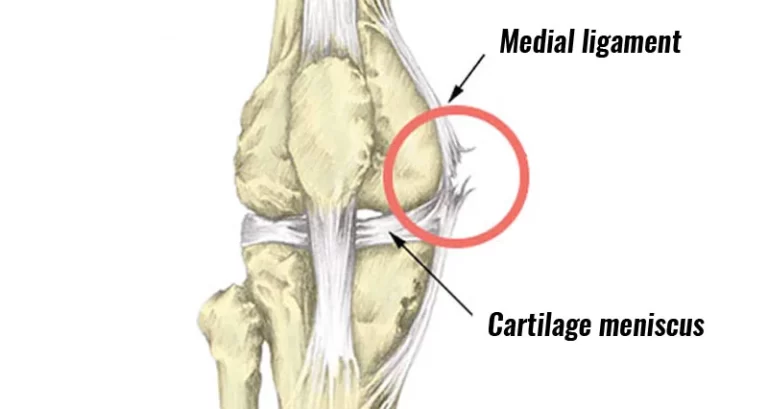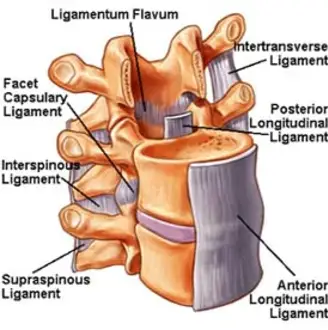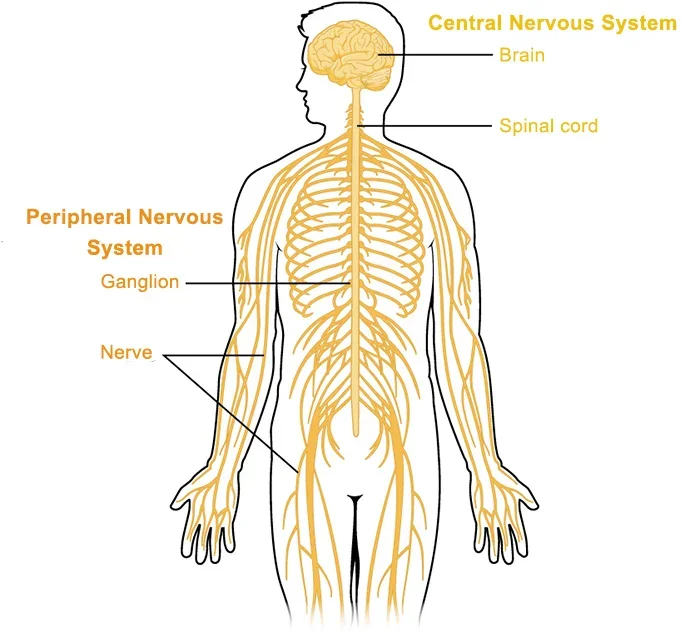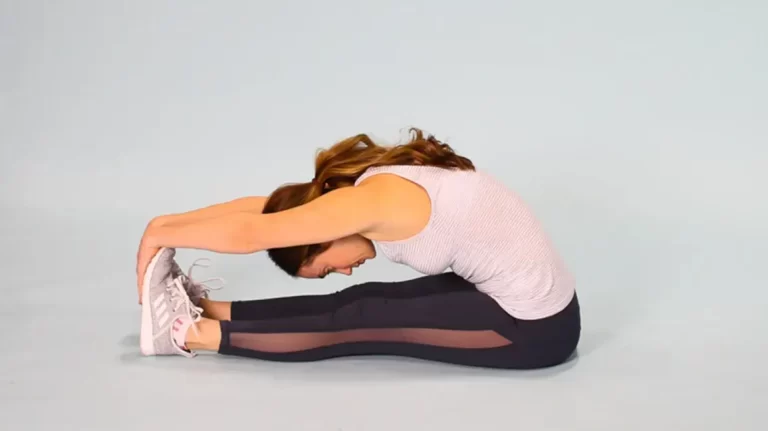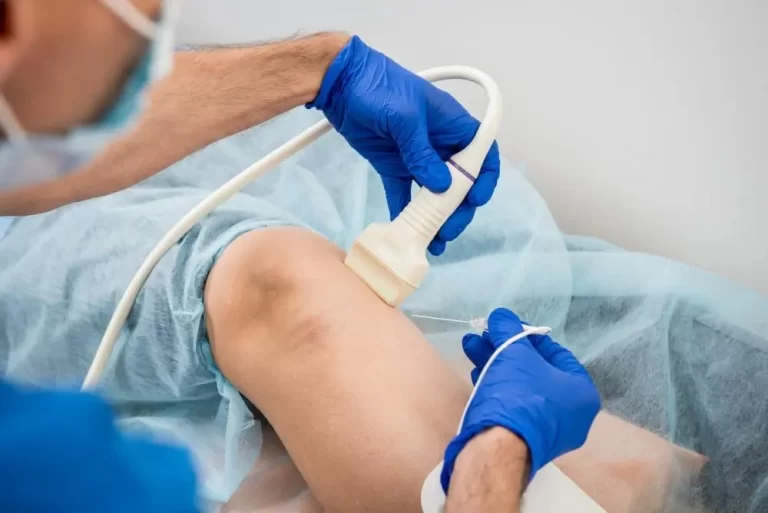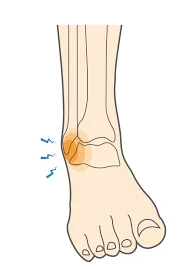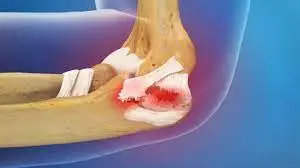Medial Collateral Ligament Injury
Definition: A medial collateral ligament (MCL) injury occurs when the ligament on the inside of the knee is over-stretched, partially torn, or torn completely. It is mostly caused by a valgus force on the knee and is among the most frequent knee injuries. What is a Medial Collateral Ligament Injury? Your MCL and the other…

